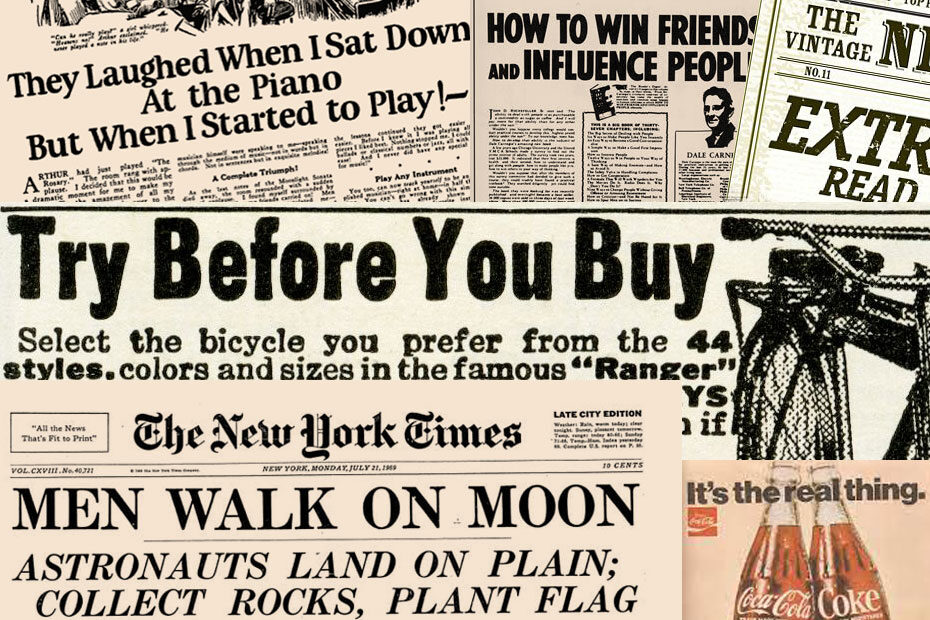Writing headlines is a critical part of any composition or ad. It’s what makes the reader decide whether or not to move on to your body copy.
Joseph Sugarman, in his classic work, The AdWeek Copywriting Handbook, that a headline should do two things:
- Capture the attention of the reader.
- Lead the reader to the main text.
In one study, we had a headline that read:
Get the Pro-Life Response to the “Hard Cases”
While this may have satisfied the first of a headline’s two purposes, it seemed to me that it did not satisfy the second. Why? Because it is a declarative statement that ends with a full stop. Theoretically, this statement could stand without anything following it, which is why it fails to lead the reader to the text that follows it.
Here is a title that we tested against it:
Ever Have Trouble Explaining Why Abortion is NEVER Needed?
This question makes the reader want to hear more. That is why it “leads” the reader to the text that follows it.
But rather than judge these two headlines subjectively, we let our visitors decide through an A/B test.
Before revealing the results of the test, here’s a bonus tip: Just as the job of the headline is to lead the reader to the main text, the job of the first sentence is to lead the reader to the second sentence, and so on.
Joseph Sugarman, in his book The Adweek Copywriting Handbook, says an easy way to make the first sentence lead to the second is by making it short. A short sentence is easy to read. So once read, it’s easier yet to get to the next sentence.
Adding a Short First Sentence
Here is the original version of the headline and first sentence:
Get the Pro-Life Response to the “Hard Cases”
Find out why abortion is never the answer—even to the so-called “hard cases.”
Here is the test version:
Ever Have Trouble Explaining Why Abortion is NEVER Needed?
Don’t be caught off guard! Find out why abortion is never the answer—even to the so-called “hard cases.”
Adding the sentence “Don’t be caught off guard” is just enough to get the reading rolling and gear up for the second sentence.
The A/B Test Results
As I mentioned above, we left it to our readers to decide which version was more effective. We set up an A/B test in Google Optimize, and the results showed a probability of 98% that the test headline was more effective:


